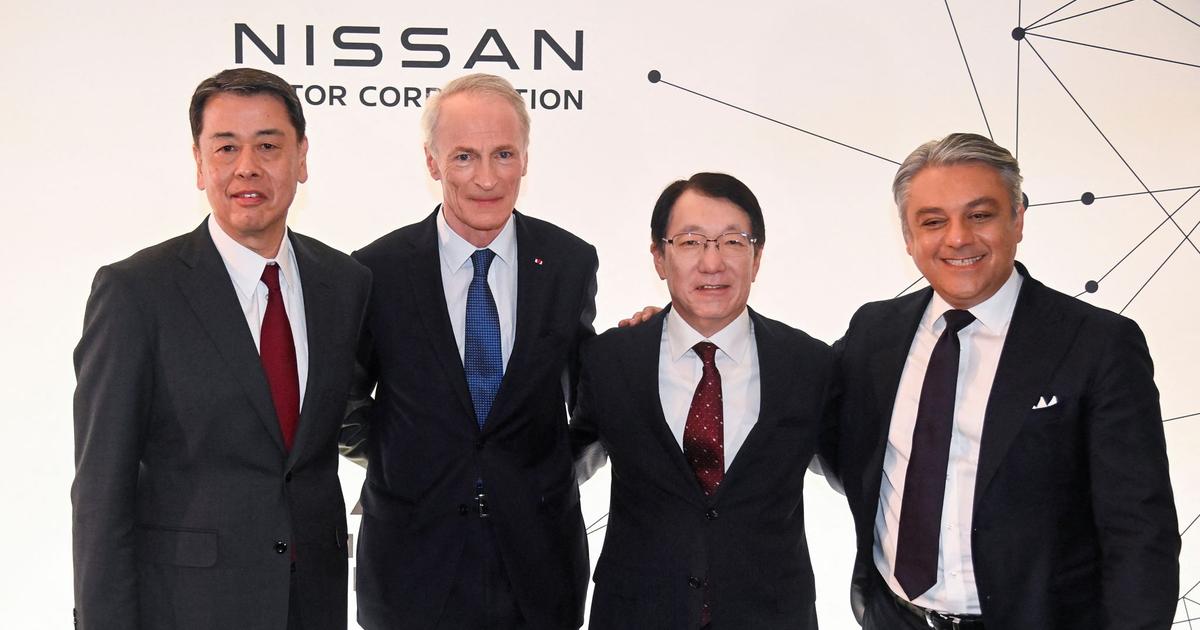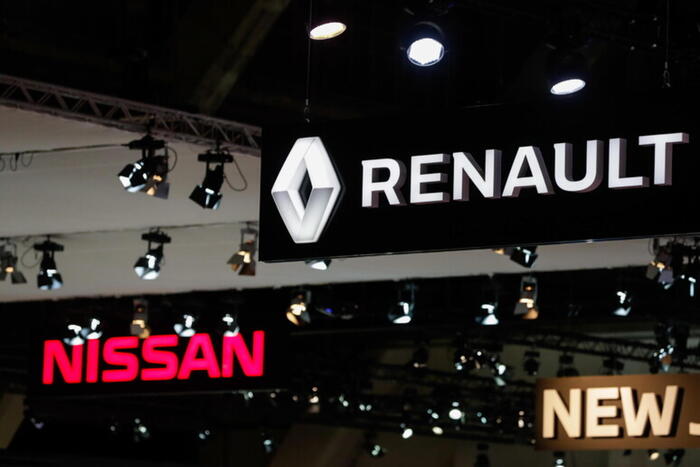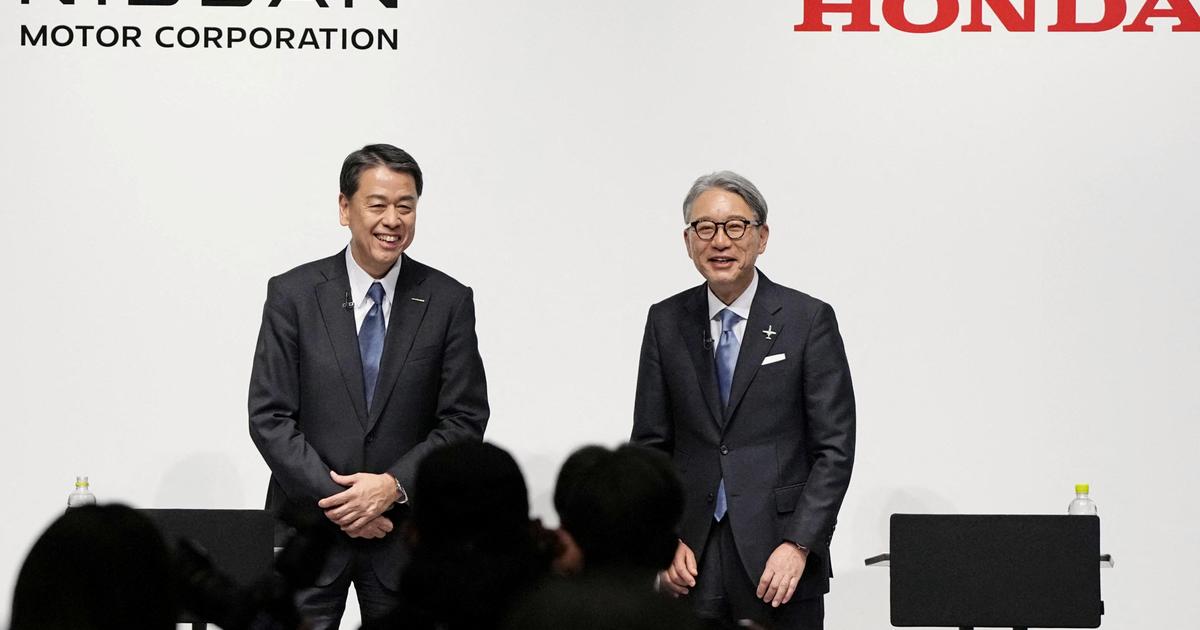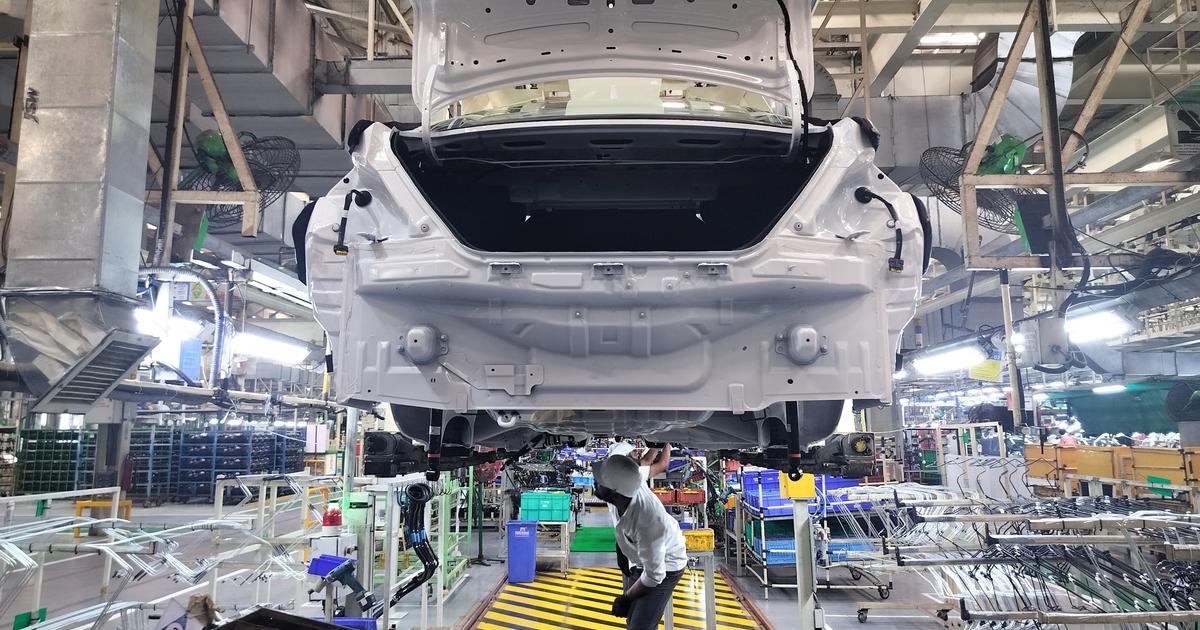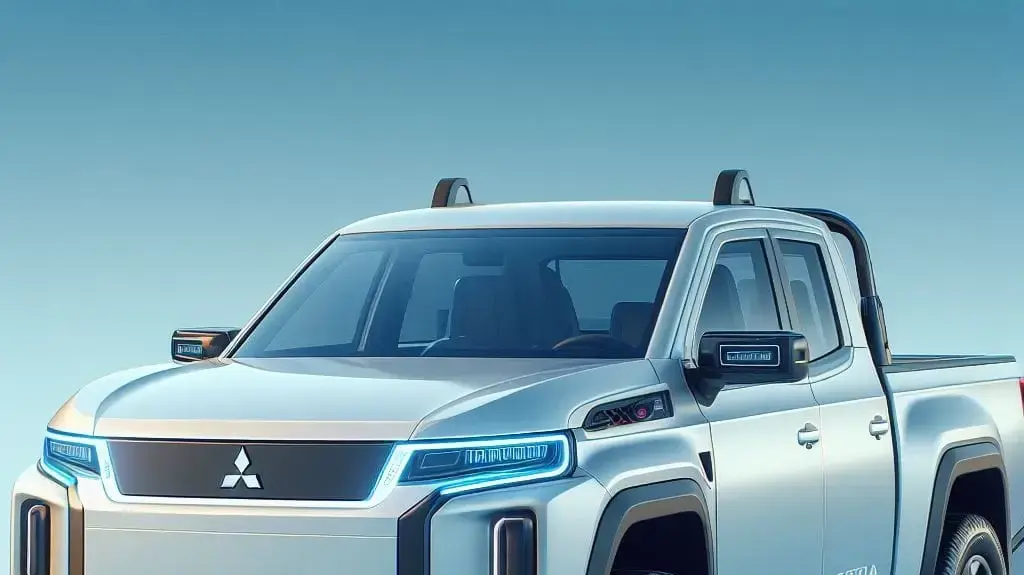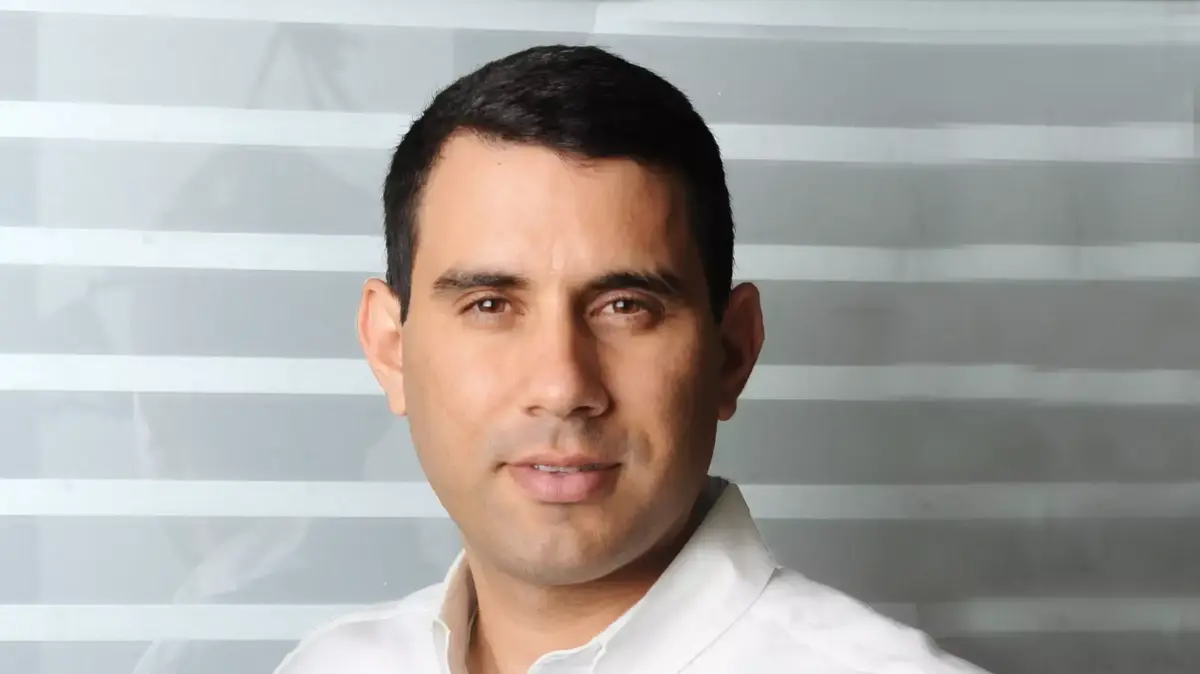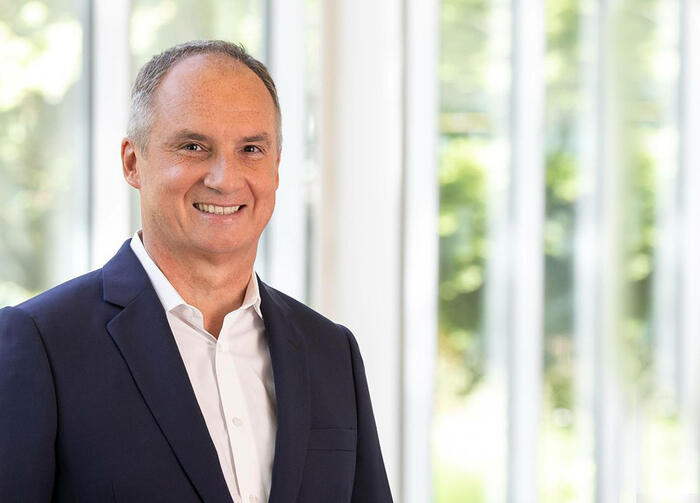In London
No festive staging, colorful spots or thunderous remarks this Monday in London where the Alliance's first major press and financial analyst conference was held since the end of the Ghosn era.
The three CEOs of Renault, Nissan and Mitsubishi, as well as Jean-Dominique Senard, Chairman of the Board of Directors of Losange and President of the Alliance, soberly celebrated the relaunch of their partnership after months of freezing.
A revival that involves a rebalancing of holdings, according to a new fifteen-year agreement: Nissan and Renault will each hold 15% of the capital of the other, with voting rights, while the balance of Renault's holding (28, 4%) in Nissan will be housed in a trust
.
Far from 10 billion
Contrary to what was common until the arrest of the former Renault and Nissan boss in November 2018, the revised and corrected Alliance will not communicate any global sales objectives, no global turnover, no precise amount of synergies
.
“We are not going to fall back into the trap of figures on synergies
,” recalls Luca de Meo, the general manager of Renault.
Figures are still mentioned, which remain far from the 10 billion euros of synergies in 2022-2023, announced in 2016 by Carlos Ghosn.
Read also Love, hate and reconciliation, the crazy Renault-Nissan saga
It is
"hundreds of millions of profits per year for each company, perhaps even 1 billion euros
", risks the Italian boss of Renault, whose direct and colorful style contrasts with that more formal and reserved of his Alliance counterparts.
These are essentially
“avoided costs”
for production and investment, obtained thanks to pooling between partners.
Luca de Meo recalled the weight of the trio: 85 billion euros in joint purchases, 60% of vehicle components in common today, then 80% in 2026 and 90% in electric vehicles.
The vocation of the new Alliance is no longer to become a giant whose number of vehicles sold would be on the heels of a Volkswagen or a Toyota.
It will be used to give substance to joint projects by pooling investments or technologies in different regions of the world.
But in a contractual and operational way.
Luca de Meo has wanted, in recent months, to place the negotiations with Nissan on the sole ground of projects and the cash that they would release for one or the other.
"This time, we start from operational projects to discuss them at the level of the general management of the companies"
, he insists.
Read also Electric car: Renault makes its revolution to attract investors
Forget the “leader follower” philosophy presented in 2020 which gave each of the manufacturers an area of the world and a technology in which it would be the referent for the others.
“With Nissan, we will work together on five to ten projects.
Most are planned after 2025”
, specifies Luca de Meo
.
This concerned the circular economy - the recycling of batteries will thus be done with the same partners -, electric charging infrastructures, the reduction of distribution costs, etc.
Crucially, each of the Alliance partners will henceforth be free to work with one or the other.
The boss of the third member of the Alliance gave an example of this on Monday:
“Today, Mitsubishi is not present in electric vehicles
, says Takao Kato.
We will ask Nissan or Renault to work with us on this project.
Our decision is not made.
“
Choose Renault!”
replied Luca de Meo, making his audience laugh and the boss of Nissan smile.
Electric city cars
Major projects will be launched to take advantage of each other's factories and technological advances.
This should be the case in India, where a Renault industrial platform will be launched in the Nissan plant located in Chennai.
It will be inspired by Dacia's SUV models
.
The idea is to produce electric vehicles corresponding to the expectations of the local market, but also intended for export
.
The rapidly growing Indian market is today dominated by Tata Motors and Maruti Suzuki.
Read also Europe prepares its response to American protectionism
This will also be the case in Latin America, where Renault has been present for a long time.
A market of 5 million vehicles.
Nissan is already taking advantage of the Argentinian Losange plant in Cordoba.
He manufactures his Frontier pick-up there, which is also available at Renault under the name Alaskan.
In exchange for this collaboration, Renault will take advantage of the Nissan plant in Mexico to produce a new model there.
In Argentina and India, Nissan and Renault are expected to develop joint electric vehicles in the city car segment.
At the same time, the two allies should launch an electric utility vehicle in Europe, the connected Flex Van, already mentioned by Luca de Meo last November.
It is also to take advantage of Renault's expertise in Ampère, its electrical and software subsidiary, that Nissan and Mitsubishi will invest there, alongside Qualcomm.
Makoto Uchida, the boss of Nissan, formalized that he was going to take 15% of Ampere.
"It's a business opportunity in Europe,"
he said.
The Japanese must accelerate, while sales of electric vehicles are growing strongly.
Read alsoRenault, Nissan and Mitsubishi out of joint projects
Nissan and Mitsubishi will become customers of Horse, the Renault subsidiary dedicated to internal combustion engines and hybrids.
They could also collaborate in solid batteries - a technology in which Nissan is at the forefront - and in autonomous driving aids.
The four leaders are all pleased with the establishment of a new state of mind, where trust and transparency have regained the upper hand.
Luca de Meo, he repeats that his interest is to maximize value for Renault and its shareholders through size and scale effects:
“We are setting up a process to make money”
.
A return to basics, without qualms.
And no regrets for the past.
In this marriage of convenience concluded in 1999, the cross-shareholdings between Renault and Nissan favored, on paper, the Diamond.
But despite his 43.4%, the French had no real power in the Japanese, after an agreement made in 2002 and reviewed in 2015. "
It's not as if we had 43% of Nissan and that we descended at 15%
, summarizes Luca de Meo.
It's more like we had zero percent and now we have 15%!"

